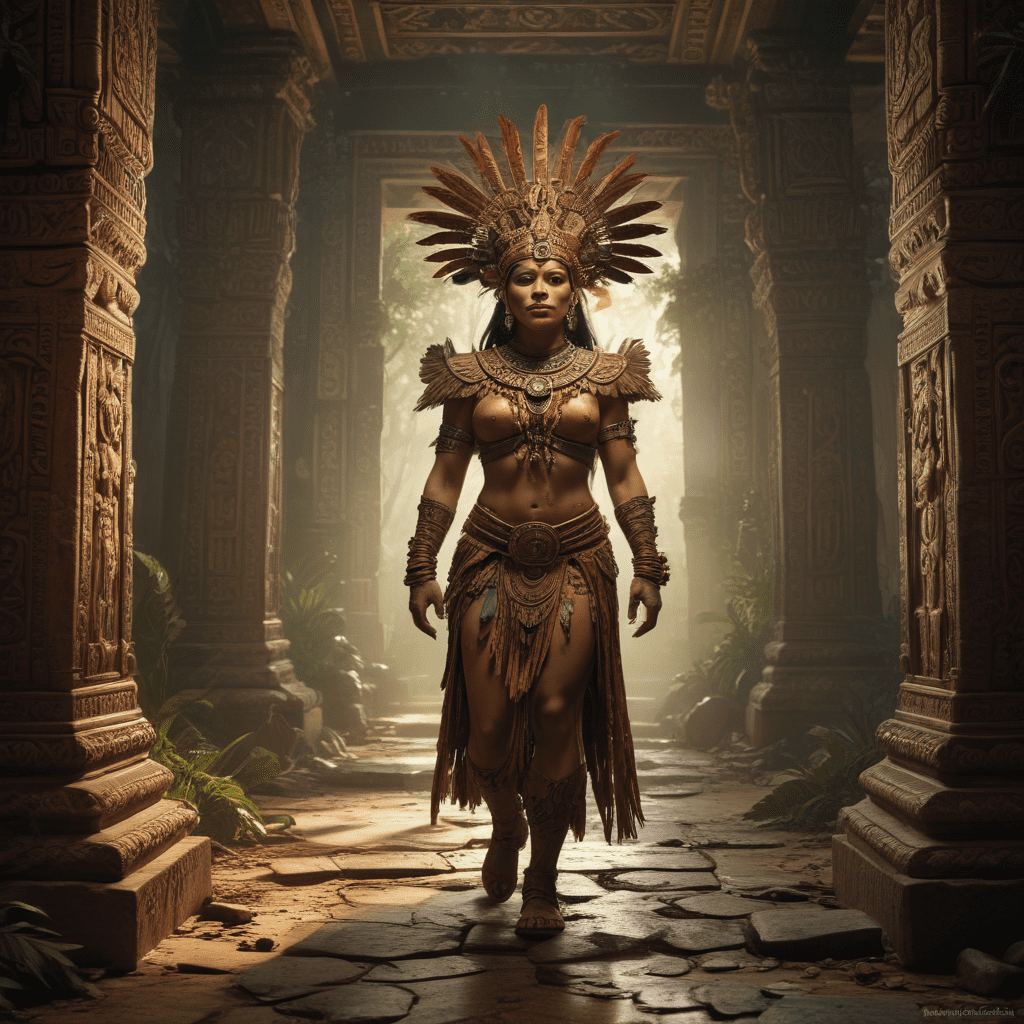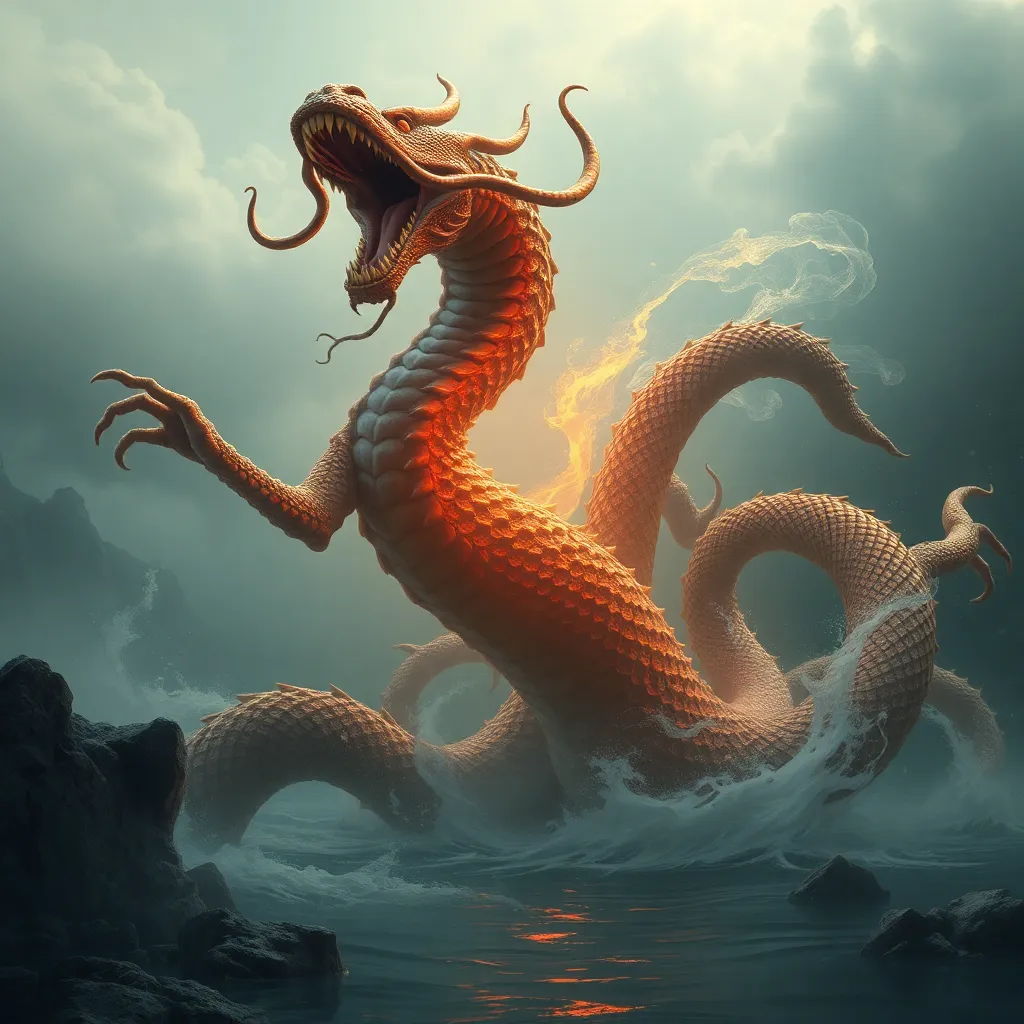1. Introduction
Dreams have always held a profound significance in human cultures worldwide, serving as portals to other realms and sources of insight into our inner selves. Finnish mythology, steeped in the ancient traditions of the Kalevala, is no exception. Dreams in Finnish folklore are imbued with potent symbolism, offering glimpses into the subconscious and the supernatural.
2. The Kalevala and Finnish Dream Culture
The Kalevala, the national epic of Finland, is a treasure trove of myths and legends that illuminates the cultural significance of dreams. In the Kalevala, dreams are believed to be messages from the gods or spirits, offering guidance, warnings, or glimpses of the future. Heroes and ordinary people alike experience dreams that shape their destinies and reveal hidden truths.
3. Nightmares and Their Interpretation
Nightmares, or "pahat unet," are prevalent in Finnish folklore and are often interpreted as omens of impending danger or misfortune. Evil spirits or demons are believed to inflict nightmares on individuals, causing fear, anxiety, and distress. Understanding the symbolism of these nightmares was crucial for the ancient Finns, as it allowed them to identify the source of their troubles and take appropriate measures.
4. Prophetic Dreams and Visions
In Finnish mythology, certain individuals possess the gift of prophetic dreams, enabling them to foresee future events. These dreams are often vivid and detailed, conveying important messages or warnings. Heroes like Väinämöinen and Ilmarinen experience prophetic dreams that guide their actions and shape the course of history. In some cases, these dreams are interpreted by shamans or wise men, who unravel their hidden meanings.
5. Animal Symbolism in Dreams
Animals play a prominent role in Finnish dreams, each species carrying its distinct symbolism. For instance, wolves are associated with danger, ferocity, and the wilderness. Bears represent strength, power, and the protective aspects of nature. Birds symbolize freedom, messengers of the gods, and the connection between the physical and spiritual realms. Understanding the animal symbolism in dreams was essential for the ancient Finns, as it provided insights into the messages and warnings conveyed by the spirits.
6. Natural Phenomena in Dreams
Natural phenomena, such as storms, fires, and earthquakes, also carry symbolic meanings in Finnish dreams. A raging storm could represent inner turmoil or conflict, while a peaceful sunrise might symbolize hope and renewal. Understanding the significance of these natural elements in dreams helped the ancient Finns navigate their emotions and make sense of the world around them.
7. Dreams as a Gateway to the Underworld
In Finnish mythology, dreams are believed to provide a glimpse into the underworld, or Tuonela. Through dreams, individuals can encounter spirits of the deceased, communicate with ancestors, and gain insights into the afterlife. Certain shamans or wise men were believed to possess the ability to consciously travel to the underworld through dreams, seeking knowledge and guidance from the spirits that reside there.
8. Rituals and Practices Related to Dreams
Dreams were highly valued in Finnish culture, and various rituals and practices were associated with them. Before going to bed, people would often sing incantations or perform certain actions to invite good dreams and ward off nightmares. Upon waking, dreams were carefully recalled and analyzed, with their symbolism interpreted by elders or shamans. Some individuals kept dream journals to document their dreams and seek patterns or messages within them.
9. Modern Interpretations of Finnish Dream Symbolism
While the traditional interpretations of Finnish dream symbolism continue to hold significance, modern psychology and dream analysis have also shed light on the unconscious mind. Psychologists recognize that dreams often reflect personal experiences, emotions, and desires, and the symbolism found in Finnish folklore can be applied to our own dreams to gain insights into our inner selves.
10. Conclusion
Dreams have played an integral role in Finnish mythology and culture, offering a window into the subconscious, the supernatural, and the afterlife. The symbolism found in Finnish dreams provides a rich tapestry of meanings that can guide, warn, and inspire individuals. Whether we embrace the traditional interpretations or seek modern psychological insights, understanding Finnish dream symbolism can deepen our connection to our cultural heritage and enrich our personal journey of self-discovery.
FAQ
What is the most common symbol in Finnish dreams?
Animals are the most common symbols in Finnish dreams, with each species carrying its distinct meaning.What do nightmares represent in Finnish mythology?
Nightmares are often interpreted as omens of impending danger or misfortune, caused by evil spirits or demons.Can dreams predict the future in Finnish mythology?
Yes, certain individuals possess the gift of prophetic dreams, enabling them to foresee future events.
How were dreams interpreted in ancient Finland?
Dreams were carefully recalled and analyzed, with their symbolism interpreted by elders or shamans.Is dream symbolism still relevant today?
Yes, the symbolism found in Finnish folklore can be applied to our own dreams to gain insights into our inner selves, both in traditional and modern psychological contexts.



